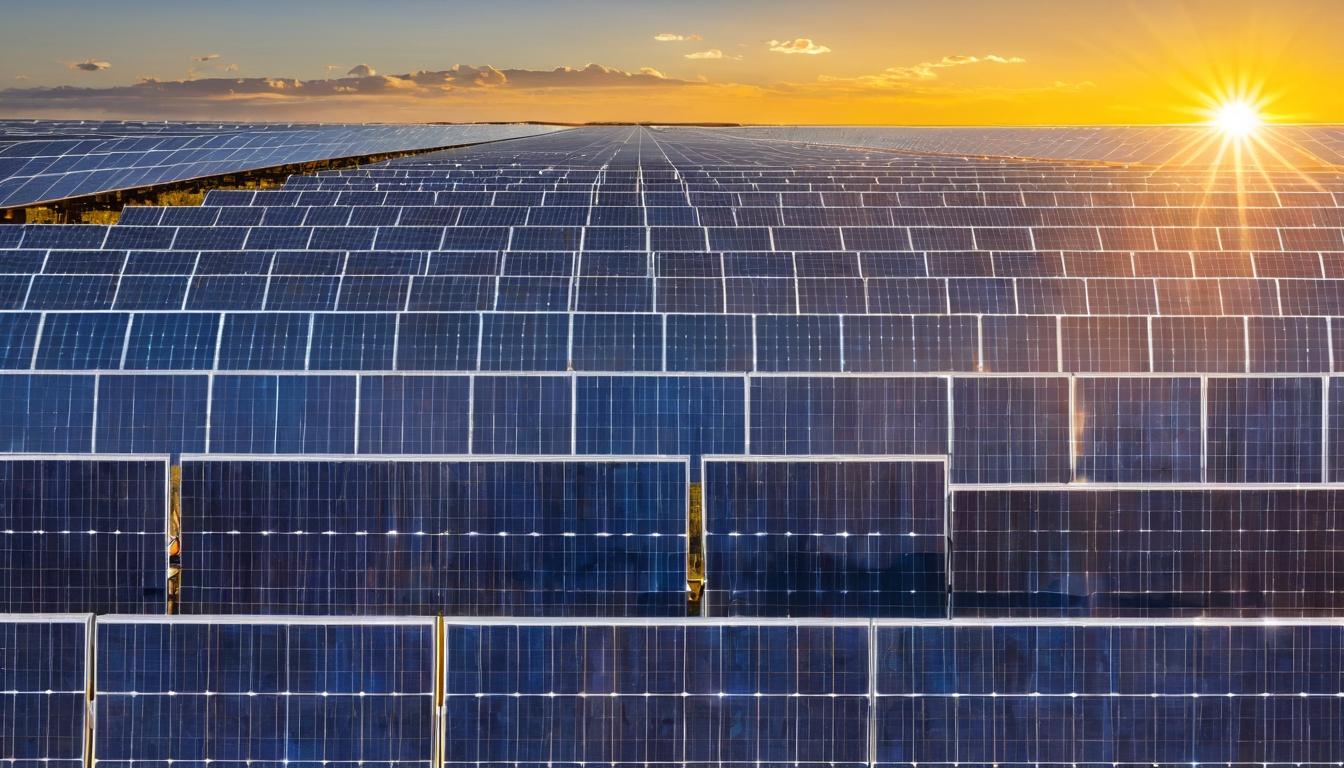The solar industry appears to be riding an unstoppable wave of growth, with installations breaking records quarter after quarter. But beneath the glossy surface of clean energy optimism lies a complex web of challenges that could determine whether solar truly becomes the dominant energy source of our century. From manufacturing bottlenecks that threaten to stall deployment to community resistance that's slowing projects to a crawl, the path forward is anything but straightforward.
Supply chain disruptions have become the industry's persistent headache. While solar panel production has expanded globally, the concentration of manufacturing in specific regions creates vulnerabilities that ripple through the entire ecosystem. The recent trade policies and geopolitical tensions have exposed how fragile our clean energy supply chains remain. Manufacturers are scrambling to diversify production, but building new facilities takes years and billions in investment that many companies simply don't have.
Community opposition to large-scale solar projects is emerging as an unexpected barrier to deployment. What began as isolated protests has grown into organized movements across rural America, where residents worry about losing agricultural land, changing community character, and potential environmental impacts. The irony is palpable: clean energy projects facing resistance from the very communities that stand to benefit from cleaner air and local economic development.
Technology innovation continues at a breathtaking pace, with perovskite solar cells promising efficiencies that could revolutionize the industry. Yet the gap between laboratory breakthroughs and commercial deployment remains wide. Researchers are achieving record efficiencies in controlled environments, but translating these achievements to durable, affordable products that can withstand decades of outdoor exposure proves challenging. The industry faces a classic innovator's dilemma: invest in incremental improvements to existing technology or gamble on revolutionary approaches that might not pan out.
Workforce development represents another critical challenge. The solar industry needs to train hundreds of thousands of new workers to meet installation targets, but finding and retaining skilled labor has become increasingly difficult. Training programs are expanding, but they can't keep pace with demand. The result: project delays and increased costs as companies compete for limited talent.
Regulatory hurdles continue to complicate solar adoption at every level. From interconnection queues that stretch for years to outdated building codes that don't account for solar integration, the regulatory environment often feels like it's working against clean energy goals. Even when policies are supportive, implementation can be slow and inconsistent across different jurisdictions.
Financing remains a barrier for many potential solar adopters. While costs have dropped dramatically, the upfront investment still deters homeowners and businesses. New financing models are emerging, but they often come with complex terms and conditions that confuse consumers. The industry needs simpler, more transparent options that make solar accessible to everyone, not just those with perfect credit and substantial savings.
Energy storage integration has become the next frontier for solar. As penetration increases, the mismatch between solar generation patterns and electricity demand becomes more pronounced. Batteries offer a solution, but they add significant cost and complexity to solar systems. The industry is racing to develop storage solutions that are both affordable and reliable, but progress has been slower than many hoped.
Grid modernization represents perhaps the most significant long-term challenge. Our electrical grids were designed for centralized power generation, not for millions of distributed solar systems. Upgrading this infrastructure requires massive investment and coordination among utilities, regulators, and technology providers. Without these upgrades, solar growth could hit a hard ceiling regardless of how cheap panels become.
Environmental concerns about solar manufacturing and end-of-life disposal are gaining attention. While solar generates clean electricity, the production process involves energy-intensive manufacturing and potentially hazardous materials. The industry is working to address these issues through recycling programs and cleaner production methods, but solutions are still in early stages.
The international competition for solar dominance is intensifying. Countries around the world recognize the strategic importance of controlling clean energy technology and are implementing policies to support domestic manufacturing. This global race could reshape supply chains and trade relationships in ways that are difficult to predict.
Despite these challenges, the solar industry continues to innovate and adapt. New business models are emerging, technology costs continue to fall, and public support remains strong. The companies that succeed will be those that can navigate this complex landscape while maintaining their commitment to making solar energy accessible to all.
The coming years will test whether solar can overcome these hurdles and fulfill its promise as a truly transformative energy source. The stakes couldn't be higher – for the industry, for the planet, and for future generations who will inherit the energy systems we build today.
The solar revolution's hidden challenges: From supply chain bottlenecks to community resistance




